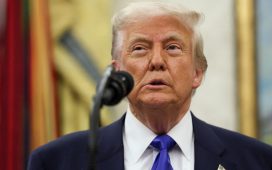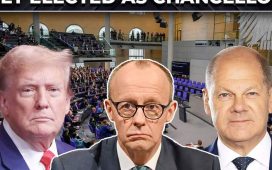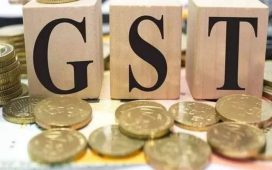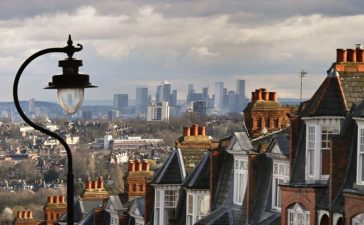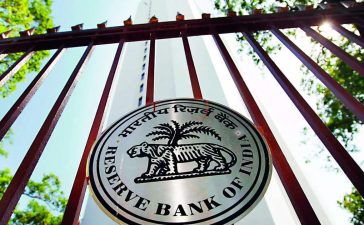
With gross domestic product (GDP) growth of around 8% over the past few years – the fastest among major world economies – and inflation not expected to fall to 4% anytime soon, the RBI has little reason to rush an interest rate cut.
All 59 economists in the latest Reuters poll predicted the RBI would hold the repo rate at 6.50% at the conclusion of its August 6-8 meeting. It was the first rates survey taken after the July 23 budget, in which the government kept borrowing targets in check.
“We still believe the RBI will keep rates on hold at the upcoming meeting…but expect to see a first rate cut in Q4. With the headline number picking up again in June, inflation has remained too high for policymakers to consider a dovish move just yet,” said Alexandra Hermann, lead economist at Oxford Economics.
“Given economic growth momentum is still strong, the RBI faces less of a trade-off between inflation and growth and can hence keep interest rates higher for longer to rein in inflation without risking to cause cracks in the economy.” Inflation was expected to average 4.5% this fiscal year and next, according to a separate Reuters poll. It has remained above the central bank’s mid-point target of 4.0% for nearly five years. All respondents said any easing would come later than a first rate reduction from the U.S. Federal Reserve, expected in September.
The median forecast from the poll showed a first cut of 25 basis points to 6.25% next quarter – a view held since May, and more dovish than financial markets pricing of no reduction this fiscal year, which ends in March 2025.
A 57% majority said a first cut would come in Q4, but there was no majority on where the repo rate would end the year.
Nearly half of the economists surveyed, 25 of 54, expected 6.25% at year-end, 23 predicted it would remain said 6.50%, five said 6.00%, and just one forecast 6.35%.
While a smaller number of forecasters provided rate views well into next year, medians showed no cut beyond 6.00%.
All respondents said any easing would come later than a first rate reduction from the U.S. Federal Reserve, expected in September.
“We still need to see how things pan out because a September cut by the Fed doesn’t necessarily translate into an October cut by the RBI,” said Kunal Kundu, India economist at Societe Generale.
“If the growth potential is indeed higher, there is less necessity for the RBI to cut the policy rate.”


